Planning a DIY hunt in Alaska is an experience so rewarding, it’s hard to put into words. I always tell folks that I wish I had started sooner. If Alaska is on your wish list, don’t wait. Make it happen now and I promise, you’ll be wishing you had started sooner too.
The following information is a brief excerpt from my seminar on DIY Alaska Hunting. Keep an eye on our website or subscribe to our email list for upcoming seminar opportunities. In the full seminar, we cover everything it takes to plan an Alaska hunt – from choosing an area to getting home and everything in between.
There are different ways to pull off a DIY moose hunt in Alaska. You can fly in and out of a fixed drop-off location. You can rent a boat and travel up or down river from that fixed point. But my favorite way to hunt Alaska is on a wilderness float trip. Floating down a remote river through wild country in search of moose is an experience like no other.
Planning a float trip comes with many logistical challenges. Getting to your starting point with a raft and all of your gear, to your ending point somewhere down river, isn’t easy. But without question, it’s worth the effort.
When it comes to planning a remote float trip and navigating a wilderness river, here are a few tips to help you get started:

1. Choosing Where to Hunt
As a general order of operations when planning this type of hunt, you must first locate a hunting unit, pick a river, and arrange the air taxi. Only then can you begin scouting in depth.
The hardest part will be finding the transportation into a given river. Finding a bush plane pilot can be difficult. You might find the perfect river – but unless you can find transportation to get there and back, it’s a dead end.
In addition to transportation, my biggest consideration when selecting an area is the moose population. Look for areas with a good bull to cow ratio. In most cases, eight bulls per 100 cows is a good ratio.

When picking an area, it’s hard to overstate the importance of these first two factors. Without the proper moose population, and without accessibility, none of the rest of it matters.
Lastly when it comes to choosing an area, keep in mind that every hunting unit and every river in Alaska has its own regulations. Those regulations change regularly, so make certain you look at the most recent regulations, licensing information, and any other restrictions that might affect your hunt.
2. Planning the Logistics
When you first begin planning a DIY hunt in Alaska, the logistics can seem overwhelming. A wilderness float trip further adds to those complications.
When you make arrangements with your air taxi, this will often determine where exactly you can be dropped off. Sometimes, it might require a portage from a nearby lake to the river to get started. Then upon pick up, be sure to arrange specific coordinates for the pick up location – don’t rely on landmarks.

Another important piece of the puzzle is finding out if you can rent a raft in the local village or if you'll need to drive and bring your own rafts. There are also raft rental companies in some of the major hubs like Anchorage or Fairbanks. You’ll be flying through one of these hubs anyway. From one of these hub cities, you can then take your flight out to the local village.
For two hunters, you can plan on using one plane and one boat. For three people, you would need two planes and two rafts. And with four hunters, you can do two planes and two boats. All that to say, you’re better off going with either two or four people – this will allow you to share the costs most efficiently.
3. Scouting and Navigating the River
One of the most exciting parts of planning a float trip in Alaska is digging into the actual scouting – how are you going to navigate a wilderness waterway to get from point A to point B?
The length of the float trip depends on how long you stop and hunt in each camp along the way. It also depends on the speed of the river. In a fast-flowing river you could cover 15 miles in a day. A slow-flowing river might require you to row all day to make any progress.

When I begin looking at a potential river, I look to see if it is too fast, too rocky or too slow. You're looking for just that right amount of water and speed for safety without it being blown out. You’ll also want to check the width of the river to get a feel for its navigability. And then of course you’ll want to look for quality moose habitat along the river corridor. Are there braids, soughs, channels and ponds?
As you work to discover all of this information, there are a number of resources you should get to know. Some of these include Google Earth Pro, Topographical Maps, OnX Hunt Maps and Garmin Maps. Keep in mind that some locations in Alaska do not have high quality satellite images available. So depending on which area you choose, look for the best mapping system available.

To check river flows, look at the information on the U.S. Geological Survey (USGS) website. Up-to-date flows are available from the USGS for many rivers in Alaska. Additionally, you’ll want to take rainfall into account. And even wind direction will impact your travel. Consider the fact that on a western-flowing river, you’ll likely be facing a headwind.
When it comes to scouting for moose habitat, consider that waterways are moose's primary source of food, travel and search for cows. As you scout using satellite imagery and maps, look for ponds, grassy parks (open wetlands or swamps) and sloughs. These are notorious locations where moose will frequent to feed on water grass.

Next, I'll look at how long it would take to get from the starting point to the pick-up point. I’ll do that by tracing the river using the measure tool in OnX hunt or the path tool in Google Earth Pro. While tracing the river, I drop a waypoint every 10 miles.
Marking the float in 10-mile increments will be useful in several ways. First, it helps you contextualize the distance and how far you’ll need to travel each day. Second, it provides easy to remember reference points along the way. This is useful when communicating with family back home and letting them know where you are. And it simply helps you organize potential hunting spots and scouting notes.

Next, I take a look at how long it would take to do that float, based on the distance and the river flow. That determines how long you can stay in each area or in a single camp.
Using the 10-mile waypoints as a guide, I will then go back to waypoint 1 and make note of all the huntable spots within that first stretch. Then I do that for waypoint 2 and so on. Again, look for those open grassy areas, soughs and ponds. Sometimes, the topo map will show a pond or slough that’s now dried up. However, that’s ok. If there was once a pond there, it’s probably still flat, grassy and swampy – great moose habitat.

With all of this information – length of the river from point A to point B, the flow of the river and potential hunting spots organized by 10-mile increments, you can now make a game plan for your trip.
Just remember, your game plan is meant to be flexible. If you find moose in a spot that wasn’t the highest spot on your priority list, maybe you change plans and stay there an extra day – knowing you’ll have to make up that day further down the river. Be ready to adapt as the conditions and the hunting dictates.
Conclusion
With the proper planning, navigating a wilderness river isn’t as difficult as you might think. The hardest part will be coordinating the logistics of getting there and of course getting home with meat and antlers. But don’t let that difficulty stop you. Planning a DIY hunt in Alaska is an incredible experience.
If you have questions about hunting gear for this or any other hunting adventure, please let us know. The gear we choose to carry in our store is gear that we personally use in the field. We’d love to help you find the right hunting gear for your next trip.

By Ted Ramirez Sr.

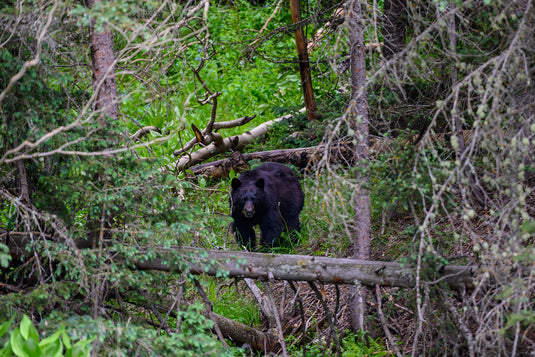
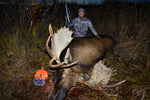
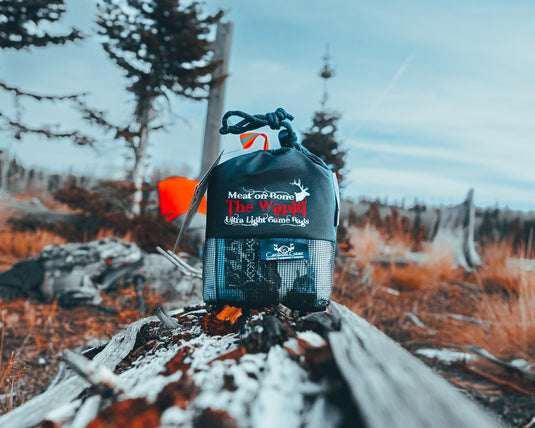
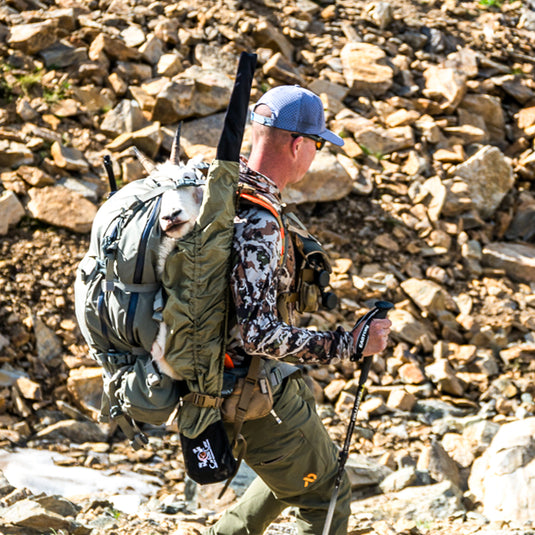
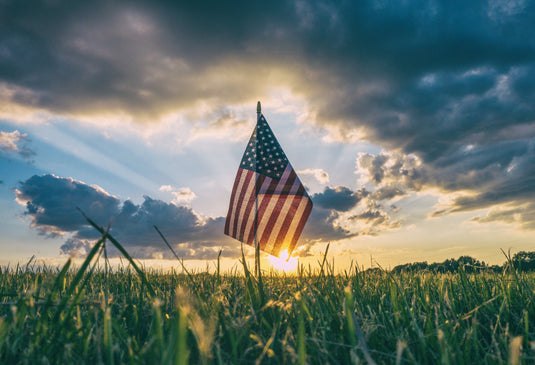
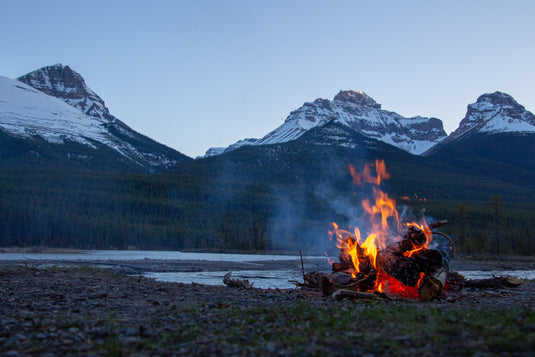
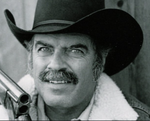
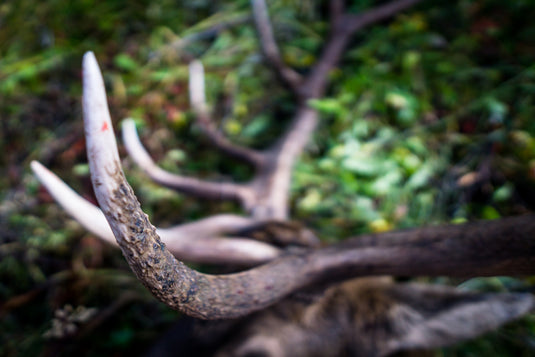
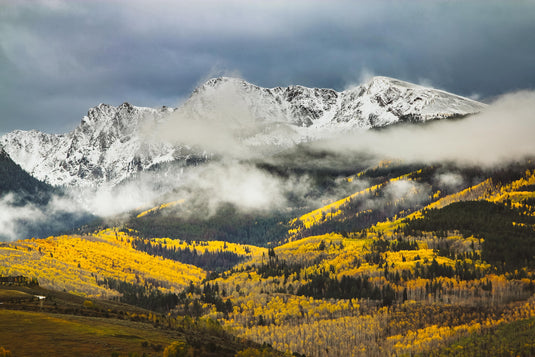
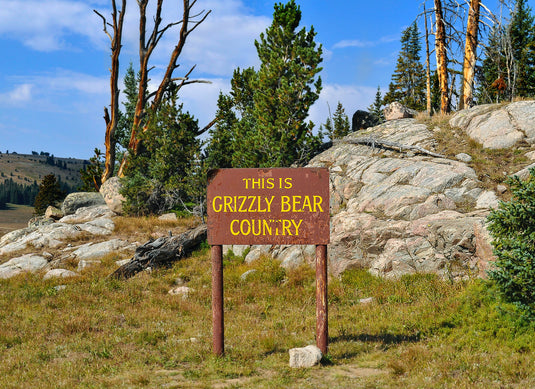
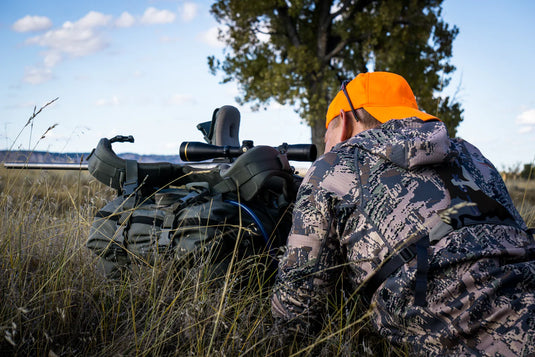
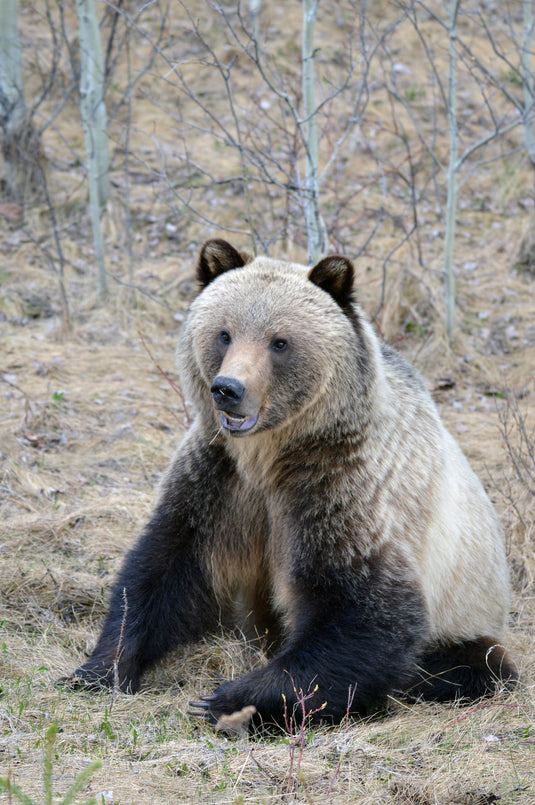
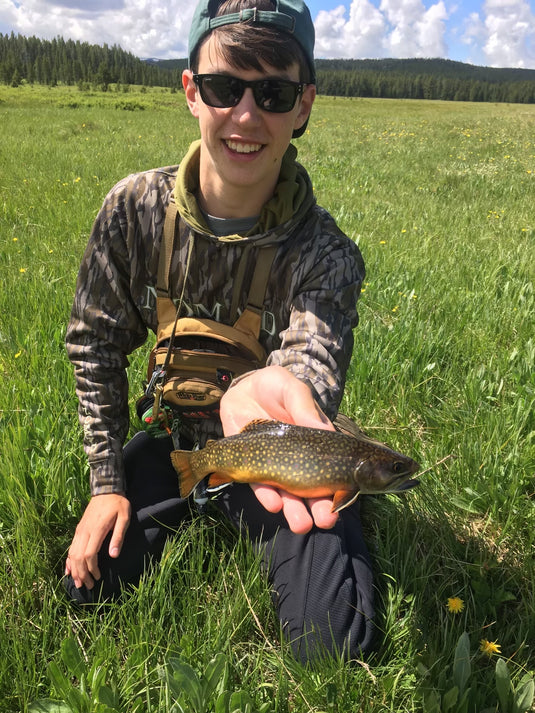
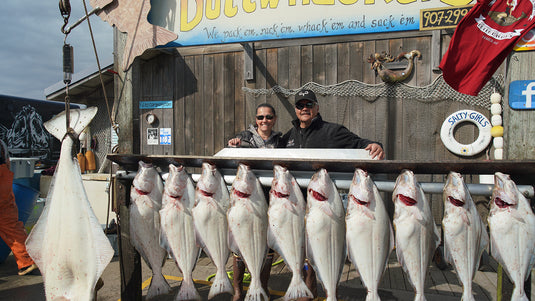
Hi Guys,
Love the articles full of information. keep up the good work.
PS. also relevant in Australia